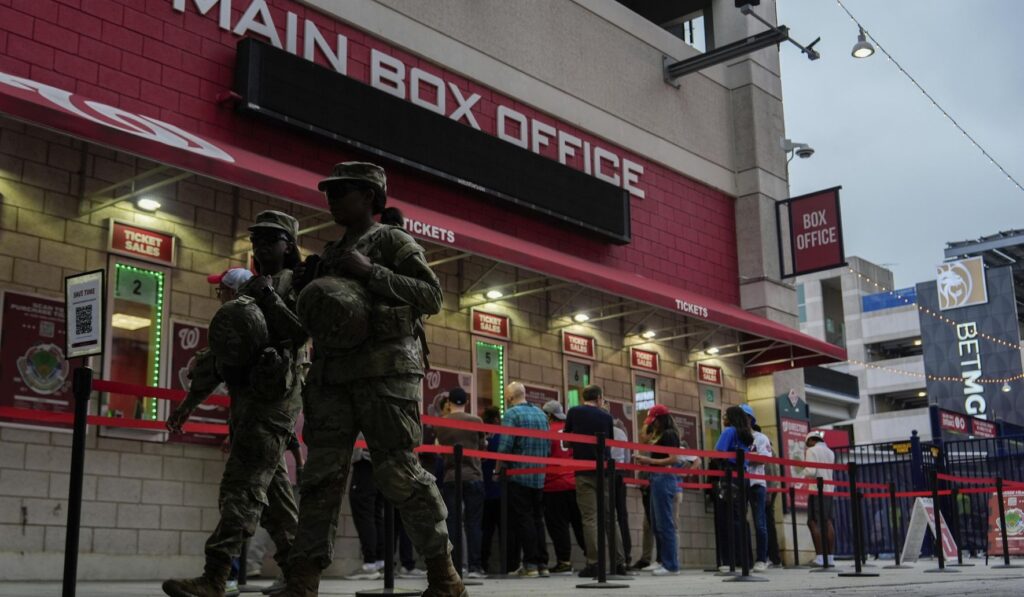The District of Columbia Council has voted to reinstate a citywide juvenile curfew after a period without one coincided with youths looting stores and sparking a broad, violent disturbance.
The vote to bring back a curfew reflects a swift political reaction to real-world consequences that residents and business owners experienced when the curfew was lifted. From a law and order perspective, the decision reads as a return to basic public safety tools that were removed too quickly. People saw stores ransacked and a chaotic melee unfold, and elected officials responded by restoring restrictions on late-night presence for minors.
This is not just about hours on the clock; it is about accountability and clear rules. When a policy change coincides with a spike in criminal behavior, the simplest, most direct response is often to restore what worked. The council’s move signals a political willingness to prioritize public order and protect neighborhoods and commerce from repeat incidents.
Businesses hit during the unrest are a focal point of the debate, because property owners and employees bore the immediate costs. Shops left with broken windows, looted inventory, and higher insurance rates are tangible evidence that crime has consequences. Reinstating a curfew gives law enforcement a tool to prevent minors from being on the streets at times when they are more likely to be drawn into trouble.
Critics who argued that lifting the curfew would demonstrate trust in young people were proven wrong in the heat of events, and that reality matters. Trust is earned through behavior, and when groups of juveniles join in ransacking or violent acts, the community loses patience fast. The council’s decision reflects a straightforward conservative instinct: public safety first, then measured reforms and supports to help youth steer clear of criminal activity.
That does not mean the response is purely punitive; it means pairing enforcement with responsible support structures. Families, schools, and community groups should be part of a coordinated effort to keep kids off the streets late at night and to provide positive alternatives. At the same time, officials must ensure that juvenile justice consequences are meaningful and aimed at rehabilitation so repeat incidents decline.
Local law enforcement now has clear legal backing to intervene and disperse gatherings of minors during curfew hours, which should make it easier to deter the kind of sprawling melee that took place. Expect to see stepped-up patrols near business districts and transit hubs where incidents previously concentrated. The risk is that enforcement must be even-handed and focused on preventing harm rather than escalating tensions, but a firm line must be drawn where public safety is at stake.
Political implications are immediate. Elected leaders who sided with lifting the curfew will face questions from constituents and business owners about judgment and timing. Meanwhile, voters who favor order will point to the decision as evidence that sensible, decisive steps still win the day when neighborhoods are threatened. Regardless of the partisan spin, the practical outcome is a restored curfew intended to reduce late-night violence and protect the city’s residents and merchants.
Longer term, the city will need to examine why a pause in a basic public safety rule led to such a dramatic spike in trouble and what complementary measures can be taken. That includes revisiting juvenile outreach, tightening supervision, and ensuring schools and community programs have the resources to engage young people constructively. For now, the restored curfew is a direct response to a volatile month where the absence of restrictions coincided with destruction and disorder.



